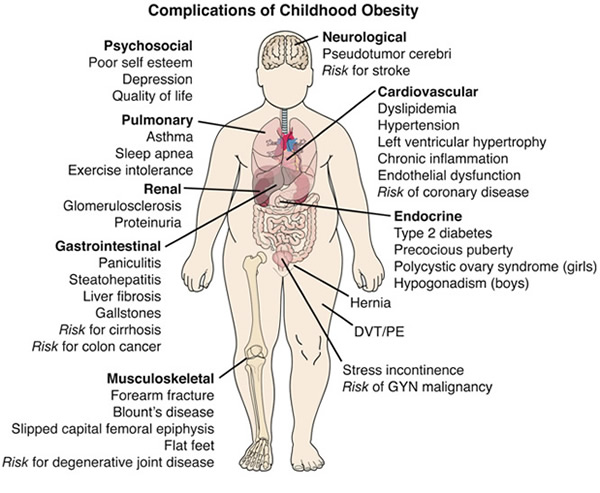Marketing is the primary culprit of childhood obesity. A recent Stanford study found that children who spend the most time watching TV, videos and video games are more likely to be overweight. According to a 1999 study published in the Journal of the American Medical Association, reveals that exposure to food commercials influences children' s food preferences and requests.
HULIQ reports that the persuasiveness of marketing to children is troubling due to kids' inherent vulnerability of persuasion. Children under eight do not understand the intent of ads, and and tend to accept them as accurate and unbiased.
It is then fair to say that media and advertisers have a responsibility to do better by our nations kids. Some have recognized the effects their business practices have on children and are taking important steps toward acting in children's best interest.
In January, Kraft Foods decided to stop advertising its low- nutrition foods during children's programs and replace them with ads for more nutritional snack products. Sesame Street recently teamed with Earth's Best to launch a new line of organic and "nutrient-rich" breakfast foods and snacks for children. Nickelodeon refused to allow one of its characters, Dora the Explorer, to be used for a Burger King kids' meal unless a piece of fruit was included in the meal.


No comments:
Post a Comment